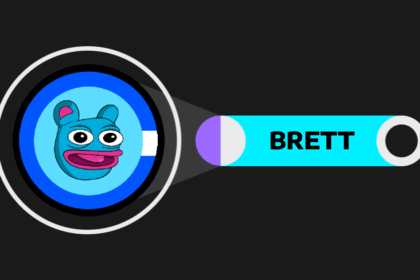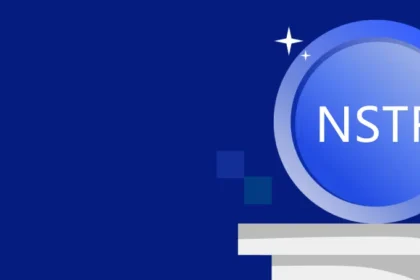Blockchain-based platform Lens is taking on social media giants like Facebook and Elon’s X with the release of Lens Version 3. The new version brings to market features that reimagine content consumption and interaction. At the heart of Lens is a decentralized approach that has grown in popularity within the Web3 community by giving users full control over their social data and connections.
Lens Version 3: Customizable Feeds and Curated Groups
Lens Version 3 introduces two main features: custom feeds and curated groups for content. Stani Kulechov, the founder of both Lens and Aave, thinks this will finally allow users to move away from algorithmic content to user-chosen experiences. He believes the curated content groups are a building block for decentralized news organizations.
He likened it to a blockchain-based newspaper where thousands of contributors can work transparently with each other. “With feeds, users should be able to choose their algorithm,” Kulechov emphasized, highlighting the need for flexibility and user control.
As Kulechov said, centralized platforms use proprietary algorithms that control what you see and create bias. “People consume algorithms that are pretty much forced upon them”, he added, pointing to how feed choices in Lens Version 3 allow users to customize and, most importantly, control their online experience.
Using Decentralized Autonomous Organizations (DAOs), Lens also provides a framework for communities to organize and moderate content, a digital world free of big tech.

Addressing Drawbacks of Centralized Platforms
The push for decentralized social media options, like Lens, is a sign that people are fed up with centralized platforms. Big traditional social media giants are under fire for data ownership, algorithmic control and AI biases. As Lens is a decentralized alternative, its developers think data privacy and ownership will be the major drivers for users to move to blockchain solutions in the future.
He said the centralized control of the platforms can manipulate public opinion “We expect to see increased activity,” he said, especially with more users looking for platforms where they can have a choice of content they engage with.
Scaling Decentralized Media on Blockchain
Lens was built with composability in mind, the DeFi principle that makes blockchain applications interact with each other. With a modular architecture, users on Lens can stack building blocks to create a custom application or bring extra functionality to the platform by stacking modules on top of each other.
Composability allows developers to build decentralized social applications to solve a specific need; a news service, user curated content group or a media collaboration network.
Since 2022, Lens has gained over 550,000 users who activate and continue to build on the modular toolset of the platform to create and customize their virtual identity.

Data ownership aligns with Web3 principles- the user is in control and not dependent on centralized control. This approach is unique to the platform, allowing users to track and verify identity on-chain and, therefore, minimizing the risks of AI-driven biased or misleading content.
Conclusion
Lens Version 3 is a big step forward for decentralized social media, where users will have full control of their data, the content they want to consume and even content moderation. This is just one example of what a social media platform could look like in a world where Web3 is evolving.
It’s about getting to a place where Lens will redefine social media as a whole to be transparent, personalized and data ownership first. So, Lens is promoting a decentralized model that will break the monopoly of traditional social media of control and influence through blockchain powered DAOs and customizable feeds.
TheBITJournal is available around the clock, providing you with updated information about the state of the crypto world. Follow us on Twitter and LinkedIn, and join our Telegram channel.






























